Staff Directory
Medical Faculty
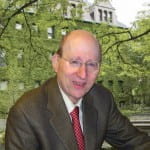
Dr. Fredric L Coe
I began the stone program in 1969 as an assistant professor of medicine at the University of Chicago stationed at Michael Reese Hospital which was then a 1000 bed teaching hospital affiliated with the university.
After graduation from the University of Chicago School of Medicine, I spent four years as a house officer and chief medical resident at ‘Reese’. I then spent two years doing kidney research at the USAF School of Aerospace Medicine in San Antonio Texas, and two more as a fellow in the laboratory of Dr Donald Seldin, University of Texas Southwestern Medical School, Dallas, studying the physiology of sodium and water. I became interested in stone prevention after my fellowship, and in 1969 founded the kidney stone evaluation laboratory and began treating kidney stone patients. I have been an NIH funded scientist in kidney stone research since 1976 and continue in that research to today.
In 1995 I founded Litholink Corporation to provide kidney stone laboratory services to US physicians who could not otherwise obtain the kind of quality our UC program has always provided. We sold the company to LabCorp in 2006 and it has continued its excellent services as a subsidiary of that corporation to this day.
I founded this site, in 2015, for the same reasons I founded Litholink and the stone program itself: To bring to the largest possible constituency the means for managing kidney stones. I have made my Google Scholar page public which shows my peer reviewed published work. Here is my CV that lists everything else.
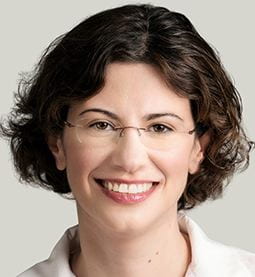
Dr. Anna Zisman
Dr. Anna Zisman is a board-certified nephrologist and the Director of the Kidney Stone Prevention Program. After completing a combined BS/MD program at the University of Wisconsin in 2004, she trained as an internal medicine resident at the McGaw Medical Center of Northwestern University in Evanston. She subsequently completed her nephrology fellowship at the University of Chicago in 2009 and pursued a specialized year of intensive training in Kidney Stone Prevention under the mentorship of Drs. Fredric Coe and Elaine Worcester. Since 2010, she has been on faculty at the University of Chicago where she is currently an Associate Professor of Medicine. Dr. Zisman investigates the racial and genetic differences in the development of nephrolithiasis and chronic kidney disease. Using endogenous lithium clearance techniques, Dr. Zisman evaluates genetic variation in proximal tubule function across race and gender. Her work demonstrates striking racial differences in nephron function that are relevant to the differential occurrence in kidney stone formation and chronic kidney disease by ancestry. Dr. Zisman has been noted for her compassionate clinical care as a Bucksbaum Institute Scholar, has won multiple teaching awards from the University of Chicago residents and fellows, and has been awarded the Biological Sciences Division Distinguished Leader in Program Innovation Award. In addition to her work in stone disease, Dr. Zisman is passionate about medical education and has served as the Program Director of the Nephrology Fellowship Training Program at the University of Chicago since 2016.
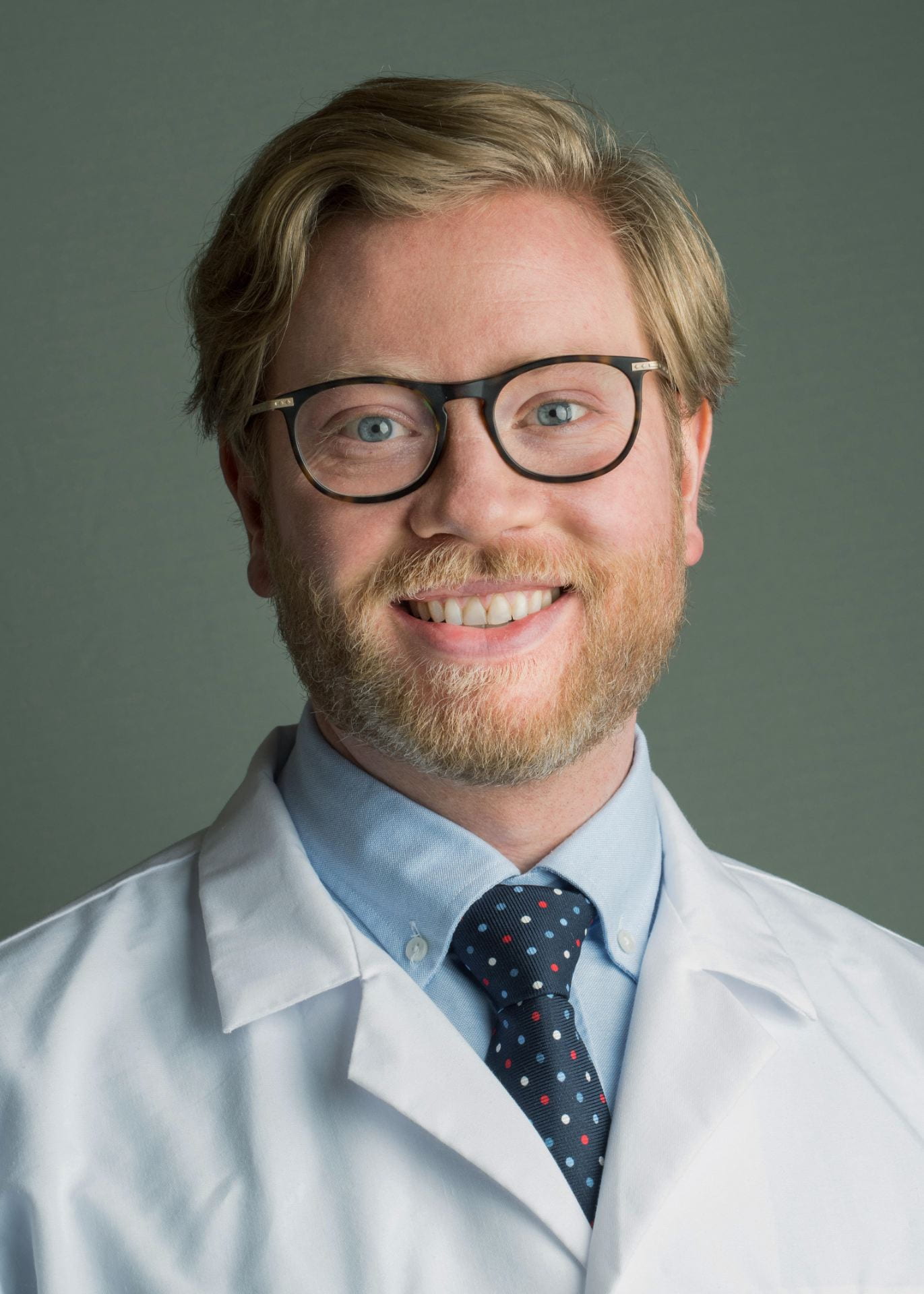
Dr. Luke Reynolds (UC)
Luke Reynolds is a board certified Urologist. Following completion of his surgical residency at the University of Ottawa he completed a 2 year Endourology Fellowship from the University of Toronto. His clinical and research focus is in the surgical and medical treatment of stone disease. He performs all the treatment modalities for kidney stone disease and serves as the Associate Program Director for the Urology Residency Training Program and the Director of the Endourology Program at the University of Chicago.
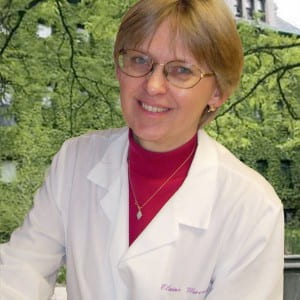
Dr. Elaine M. Worcester
Dr. Worcester is Professor of Medicine in Nephrology, Director of the Kidney Stone Evaluation Laboratory and is the principal investigator (PI) of our National Institutes of Health Program Project grant in kidney stone research. At the beginning of her career in Nephrology she worked in my laboratory as a postdoctoral fellow. She accepted a position at University of Wisconsin, Milwaukee, where she worked with Dr. Jacob Lemann, one of the leading mineral metabolism researchers of the 20th century. We were fortunate to get her back to the University of Chicago in 2000.
Elaine is a world class investigator in kidney stone disease, and an accomplished clinician concerning all aspects of nephrology including, of course, kidney stone prevention. Her research during the past 17 years has elucidated biological mechanisms of hypercalciuria, the high urine calcium losses that raise risk of the common calcium kidney stone and also predispose to serious bone disease. She has also discovered remarkable sex differences in kidney function and systemic acid base balance that affect normal life and mechanisms for kidney stone disease.
She performs her work on humans, making her a true “clinical investigator”, a type less common today but remarkably important. She works mainly in our clinical research center and the protocols she created there are the main engine of the research for our NIH grant on this campus which continues to the present day under her direction as Principle Investigator.
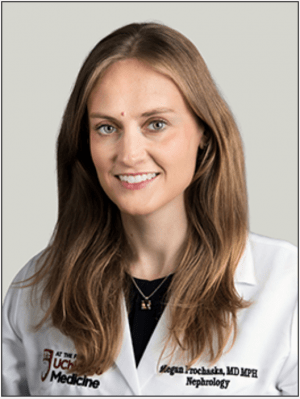
Dr. Megan Prochaska
Guest Authors
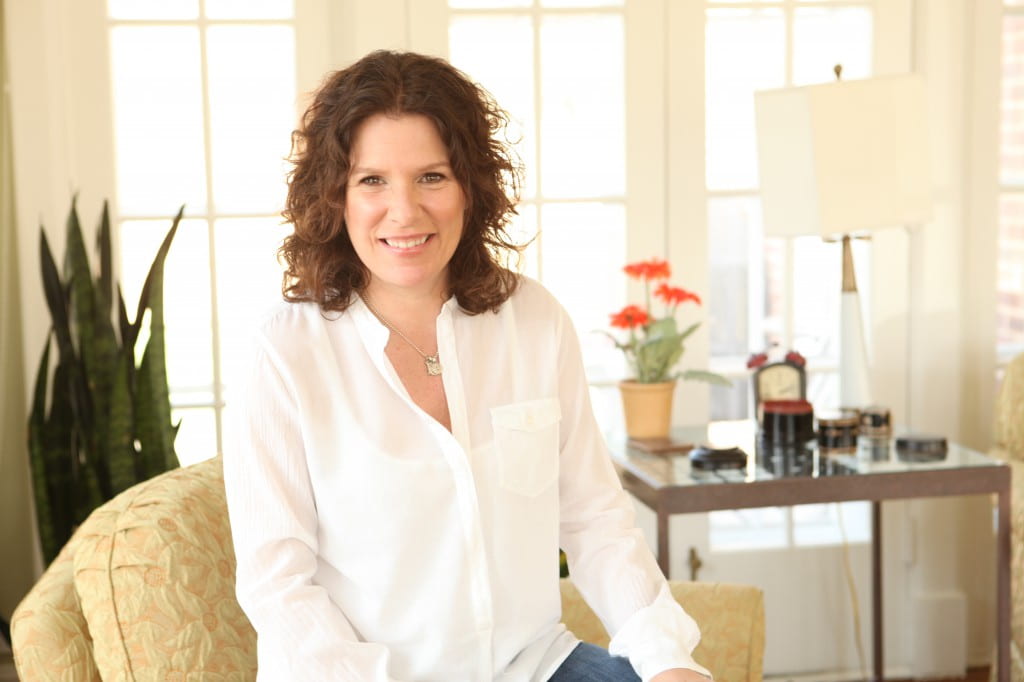
Jill Harris, LPN
Jill worked at Litholink for 12 years. Her main work there was directing a team of 15 people who served patients of that company. Especially, the services included help with the kidney stone reports and with advice concerning diet and fluids. At Lithollink, Jill worked with Dr John Asplin and also with me as her medical advisors, and personally interacted with thousands of patients.
Jill is in private practice of online kidney stone diet coaching, and collaborated with me in developing her kidney stone diet course.
Her choice to work online arose from the same impulse as Litholink and this site, which is to bring accurate knowledge to as large an audience as possible with the goal of improving health for people with stones. My desire to work with her, likewise. This ver site is no t enabled to care for people, only to inform them. Her objective was to provide care, through courses, classes, and whatever other means she could find to hand.
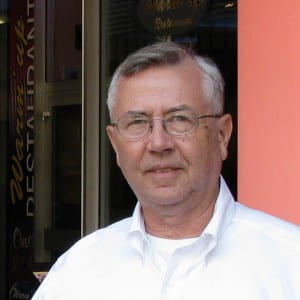
Dr. Andrew Evan (IUPUI)
Andy is rightly considered among the greatest living experts on the handling and interpretation of calcified kidney tissue. He is an accomplished anatomist and scientist, and had led our work on kidney stones into new areas that no other group has so far been able to enter. When Indigo began, we had a lot of knowledge here and worldwide about the driving forces for crystal formation, but little knowledge concerning how stones actually form in human kidneys. To find out how they formed, Andy had to work out new methods and adapt old ones to study tiny biopsies taken from human kidneys during stone surgery. Having done this, he proceeded to essentially create the atlas of figures showing human stone formation, and thereby transform this field of science and human disease. Andy was the founding PI of another PPG, concerned with the renal effects of shock wave lithotripsy, and saw that PPG through three funding cycles and a vast array of publications. So, throughout the years of Indigo, with all that has required, he supervised an entire separate group of scientists, published with them, and radically improved understanding of what shock waves can do to kidneys.
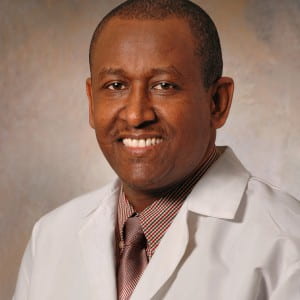
Dr. Hatim Hassan (UC)
Hatim is both an MD and PhD trained physician scientist who was a member of our faculty and now is a physician scientist at Mayo Clinic.
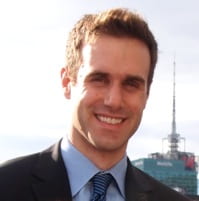
Dr. Mike Borofsky (University of Minnesota)
Mike is an Assistant Professor, Dept of Urology at University of Minnesota School of Medicine. He completed a two year fellowship in Endourology with Dr Jim Lingeman in stone surgery and before that trained in Urology at New York University. During his fellowship years I had the pleasure of working with him. Mike wrote three wonderful articles for the site, on stone pain, MSK, and nephrocalcinosis, and I try to lure him back for a few more. Stone urology is very important to the site – and to patients, so we could use additional articles from him.
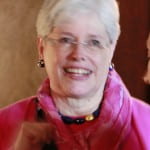
Joan H. Parks (UC Retired)
Not a physician, nor a PhD scientist, nor a member of our dedicated staff, Joan is part of the structure of our program still, even though she retired years ago. I put her in her own class because of her unique involvement in the foundation of the program. Joan became my research associate in 1976 and subsequently co-authored with me many dozens of papers, and one whole book. Though not trained in science, Joan has a flair for numbers, and an talent for computer data basing which we began using in 1980, a time when such innovations were rare indeed. I might say Joan must have transferred our precious cargo of patient data from one to another new database software at least 5 times, and it was Joan who put the detailed data from every clinic visit into the file structures from which we have drawn the tables and figures for our many clinical papers. She was funded by NIH as a researcher from 1976 until her retirement. Although retired, she still comes to clinic with me weekly and tries to keep up the data. For years, on and off, Joan wrote our patient newsletter, and I hope she will write some posts for our patients, in her lucid and frankly beautiful prose. This latter has only improved with time as she has used her new found leisure to write novels.
